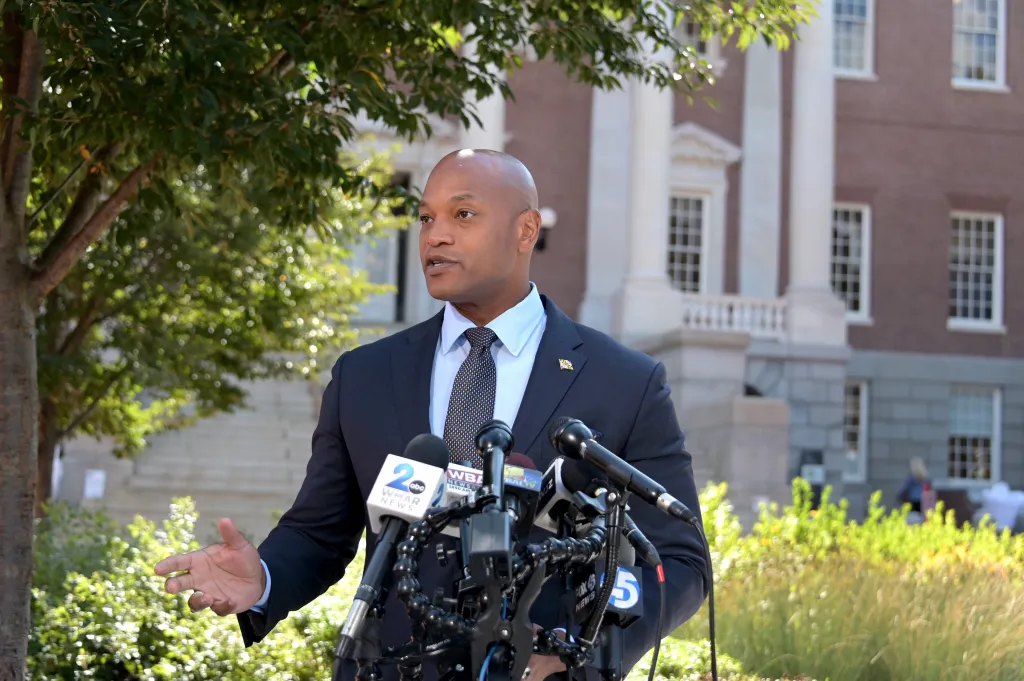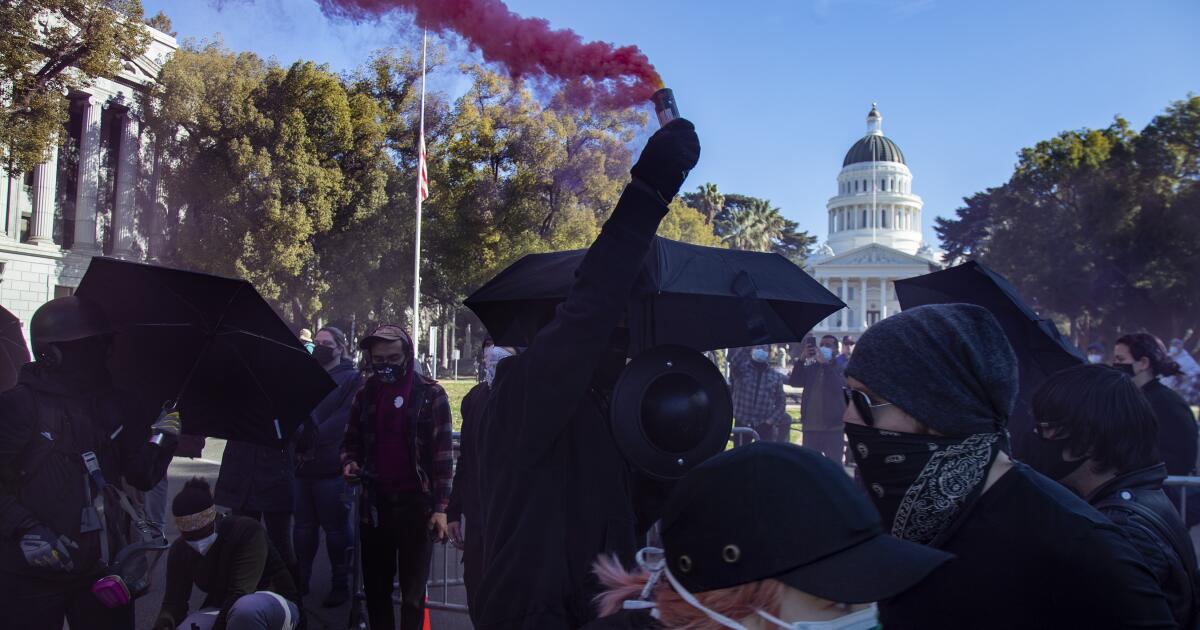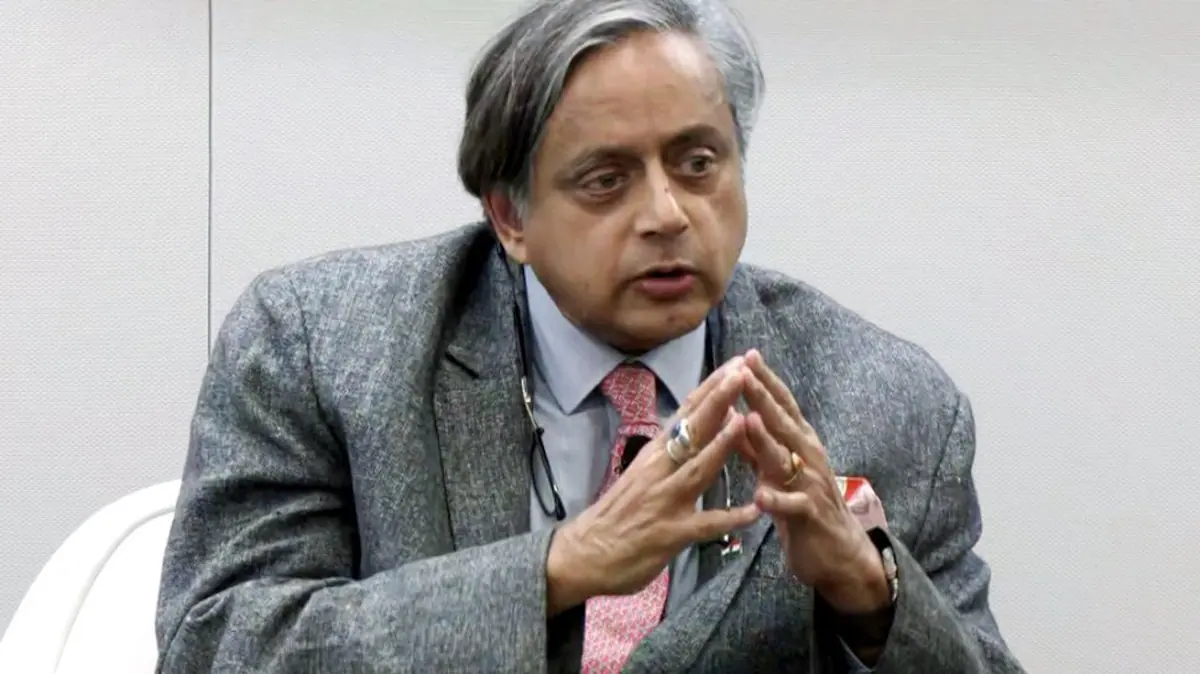
Gov. Wes Moore is on solid ground when he criticizes parts of the One Big Beautiful Bill. That shouldn’t stop him from opting in to a provision that allows Marylanders to claim a federal tax credit up to $1,700 for donating to organizations that provide scholarships to private schools and help families with other educational expenses.
The debate about opting in to the tax credit program is not a referendum on Maryland’s public schools. Maryland is teaming with talented public-school educators who are making a positive impact on children. Despite their efforts, it’s undeniable that many students are struggling. Test scores improved last year, but only 51% of students were proficient in English Language Arts and only 27% were proficient in mathematics. Public education is working for many but not for all of Maryland’s children.
Because every child is different and every family’s situation unique, it makes sense to offer as many school options as possible. Our goal shouldn’t be to support one method of education but to pursue any method that provides students a foundation on which they can build successful and productive lives. Public schools play a decisive role in this endeavor but aren’t the answer for every child. Gov. Moore says he supports an “all of the above” strategy when he talks about public safety and energy. That’s the approach he should take with education.
The Maryland State Education Association (MSEA), the state’s largest teachers union, opposes school choice. Its opposition is self-serving since maximizing enrollment in public schools is the best way to guarantee jobs for its members, but in one important way, MSEA’s opposition is rooted in a valid point. In traditional school choice programs, using state funds to subsidize private tuition can reduce the money available to public schools since funding “follows the student” to his or her new institution. This is problematic because there are fixed costs associated with education, costs that don’t necessarily decrease when enrollment declines.
The cost of running a school bus route, for instance, is generally the same whether it serves 50 children or a dozen. It costs about the same to heat a school in winter even if several classrooms are empty because of declining enrollment. A principal will cost the same in salary in a school with 300 students as he or she would in a school of 350 or more. Since the amount of money schools receive is tied to the number of enrolled students, these fixed costs can be hard to meet when enrollment decreases. Districts are forced to maintain the same facilities and provide many of the same services even as they receive less money when enrollment declines.
This problem needs to be addressed if Moore opts in to the tax credit program. There are options available since the tax credit isn’t a traditional school choice program and doesn’t require state funds to pay for private education. Children who benefit from the program will have their tuition paid by scholarship-granting organizations that are funded by private donations. This means the money currently being spent by the state on each student doesn’t transfer to private schools and is available to be used in new ways.
Working with the legislature, Gov. Moore can ensure school districts retain a portion of the per-pupil funding they would normally lose when students depart for private school. This isn’t possible with traditional school choice programs since the money is used to pay private school tuition. Maryland spends on average $18,500 per year on every public school student. A portion of this amount can stay with school districts when they lose a student to private school because of the tax credit program. The state would save money, the fixed costs of school districts would be subsidized and more Maryland families would have access to the school of their choice.
Allowing families to choose their school isn’t a partisan issue except among our state’s elected leaders. A Gonzales Research poll from January found that 74% of Marylanders support giving families in struggling public schools the means to enroll elsewhere. Opponents of school choice are supporting a position at odds with most Marylanders.
MSEA dominates the education discussion in Maryland, so it deserves much of the credit for what’s effective and much of the blame for what isn’t working. MSEA believes the tax credit “encourages families to abandon public education.” A bit of introspection might help it realize there are reasons unrelated to the tax credit why many families want to leave public schools.
My daughter Claire is in second grade and thriving in private school. Her teachers make less money than their public-school counterparts and have fewer benefits, but their commitment to her success is extraordinary. It’s important that we never belittle or look down on private schools even as we celebrate the contributions of public educators.
Sending Claire to private school was a difficult decision. I grew up watching my mother build a career in public education before retiring as a school superintendent. She dedicated her life to the children who attended her schools, and I know from her how special public schools can be.
My experience with public school was less positive when my wife and I were considering kindergartens for Claire. I had the financial ability to choose a school that was a better fit for our situation, but most families can’t make a similar choice. Participating in the tax credit program would begin to address this shortcoming by making private schools accessible to more families. This doesn’t mean private schools are inherently better than public schools, but we can acknowledge they are better for some children some of the time.
Opting in to the tax credit program won’t solve all of Maryland’s problems and won’t help every child. It will, however, help many children who would benefit from attending a different type of school. If the legislature works with the governor to address concerns about lost funding, opting in provides meaningful new opportunities without burdening our public schools. MSEA is a powerful force in Maryland politics, but our governor should act without deferring to its judgment.



